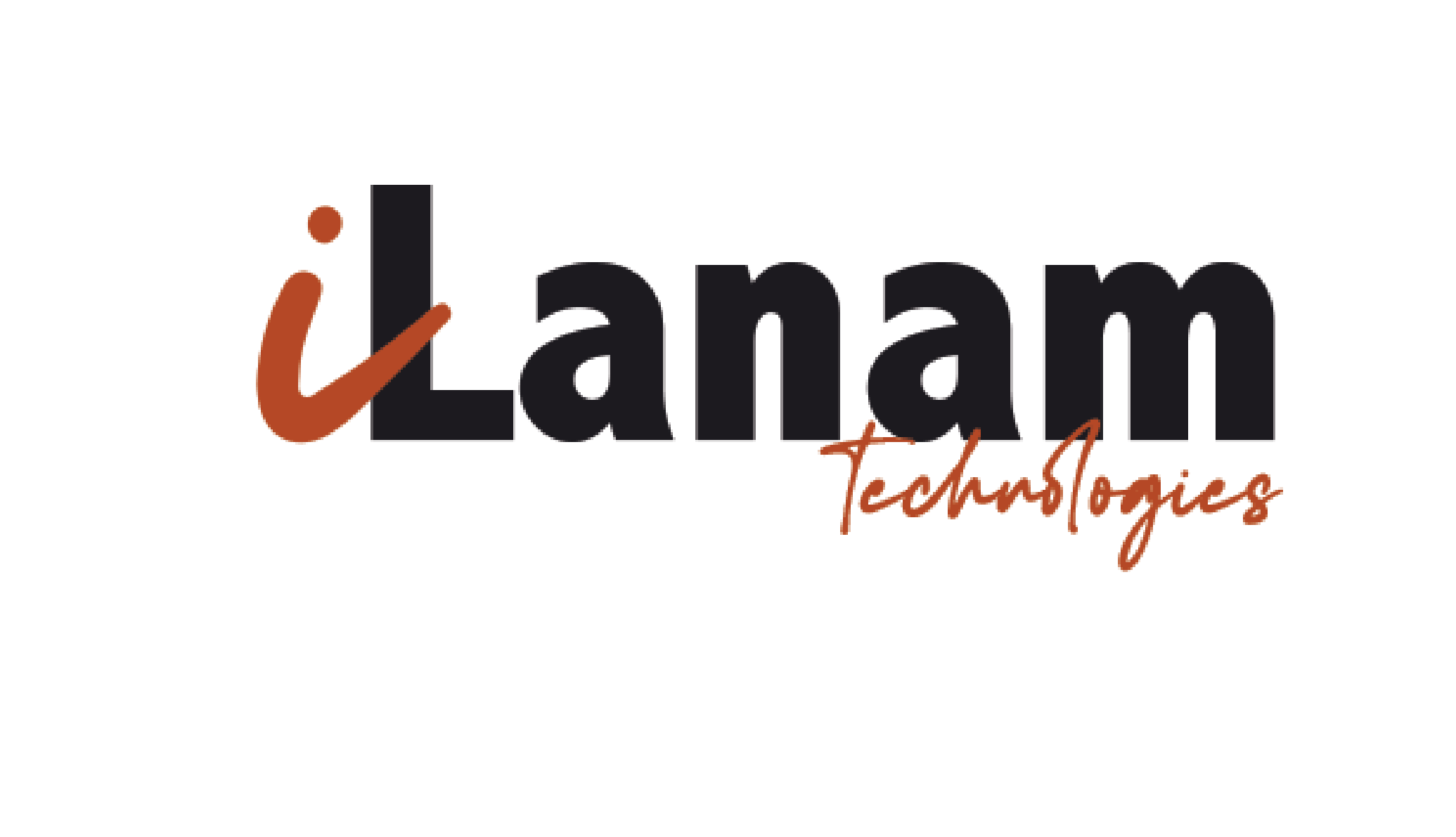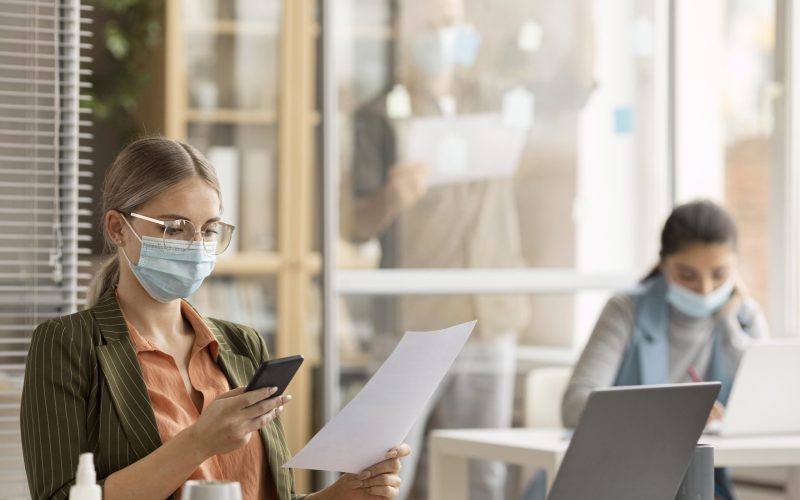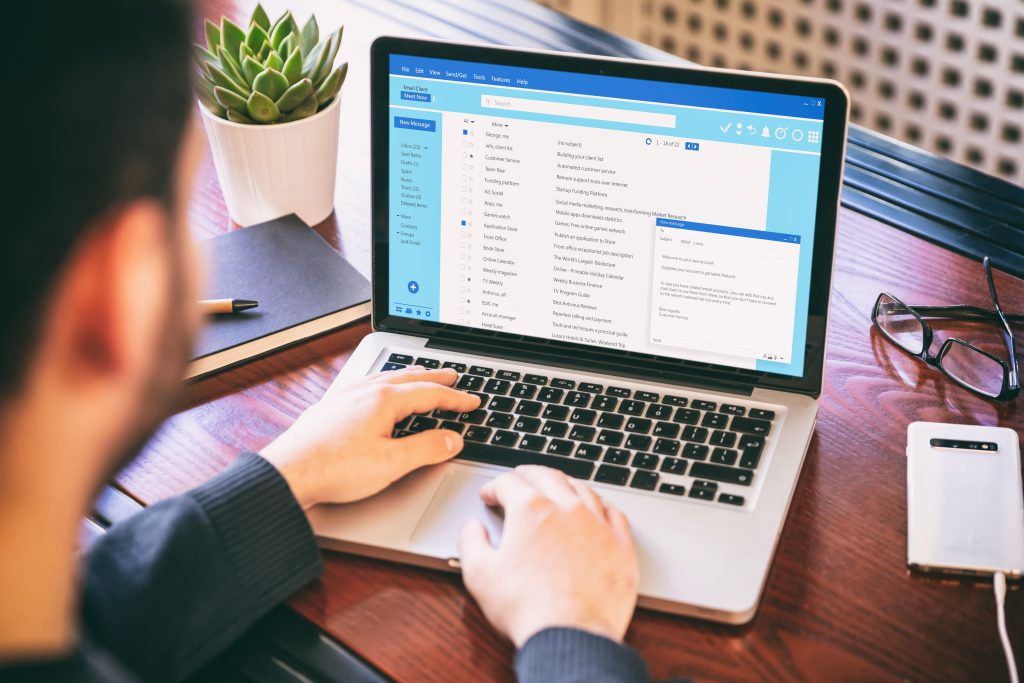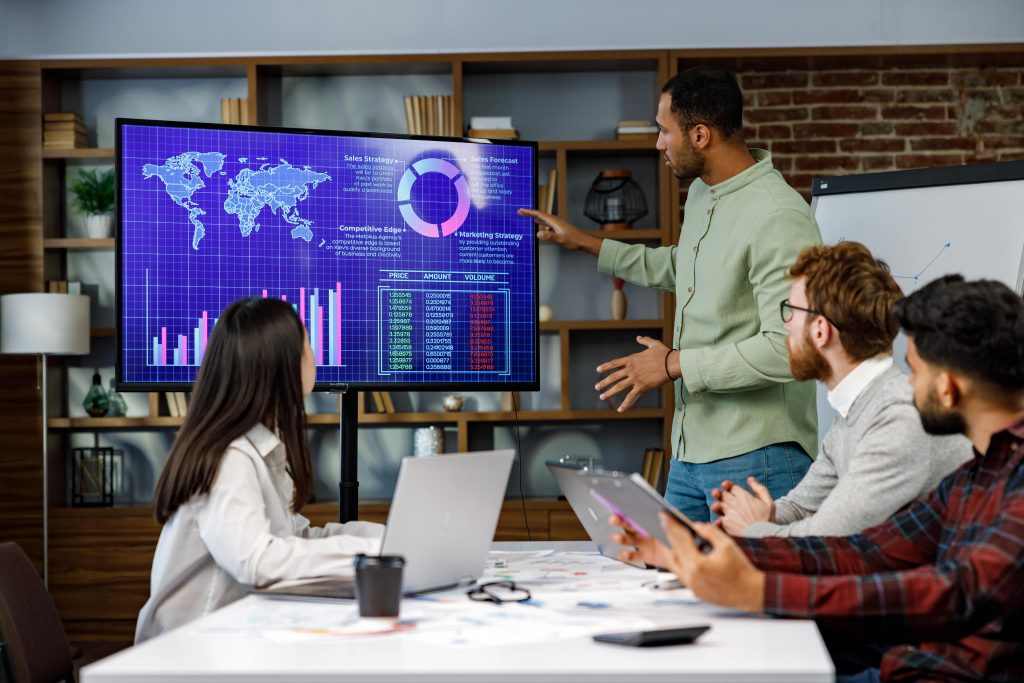Contact tracing, as the name suggests, is a means to identify the spread of COVID19 by having been exposed to an infected source. This helps in preventing further infection by identifying those at high risk, notifying others of those close to their vicinity, and enabling people to self-quarantine if necessary.
Contact tracing apps do not pose any specific criteria of usage- anybody looking to avoid infection and keep themselves safe, can use them. In the recent market, these apps have gained popularity as they are looked at more as a necessity than a facility. Smartphones therefore make the process more effective and bring this mechanism to everybody at practically no trouble.
However, for an app whose working depends on collecting huge databases that not only store people’s identity information but also their health patterns, movement and interaction, privacy concerns make its use a little dubious.
We bring to you a case study that analyses the features of contact tracing apps and how to overcome the concerns of its users in order to ensure a safe and effective app.
While discrepancies are a part of any app that is relatively new in the market, or perhaps one-of-a-kind, it can increase tensions amidst existing mass insecurity. The privacy concerns that come with a contact tracing app are unparalleled and fully justified. Aside from this there may be other concerns as well, such as validity of data, accuracy of geographical location tracing, etc. The process had been previously fully dependent on recall of those experiencing stressful situations. This app makes it easier to focus during similar situations and pay more attention to movements as well as interactions, without much of a hassle, thus reducing the collective anxiety amongst its users.
These are the problem areas that must be tackled with, very leniently, while creating an app. While the app in itself poses a challenge to its users, it also stands as a task to the app developers. Therefore it is important to take all of these things into consideration while making a contact tracing app. This can be done by making use of 3 trustworthy features as follows.






